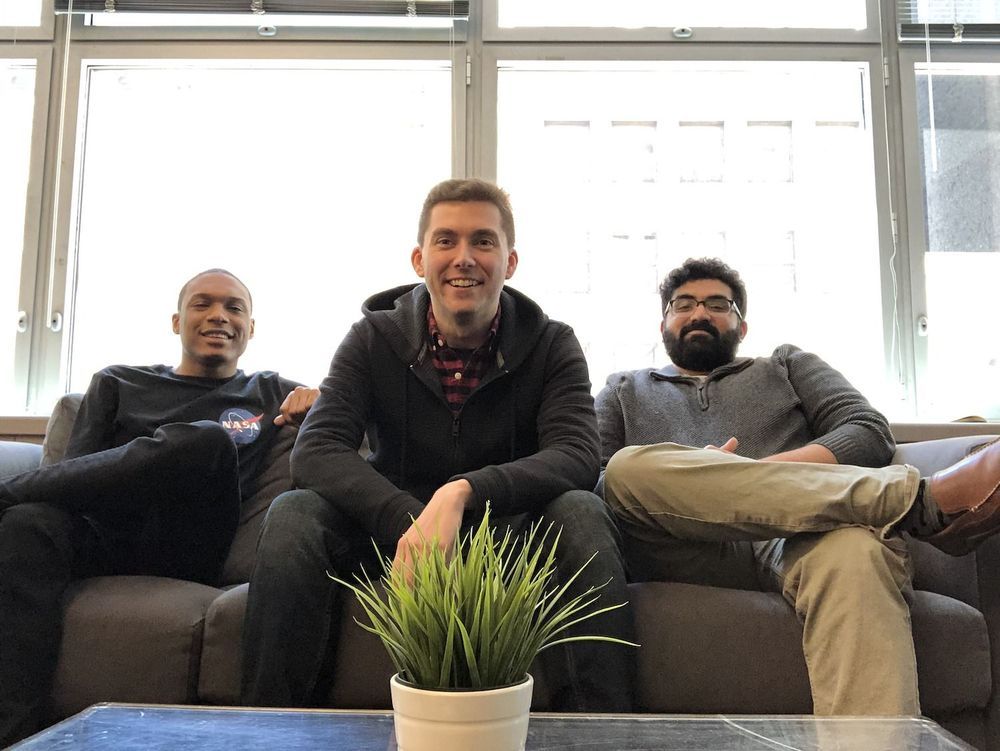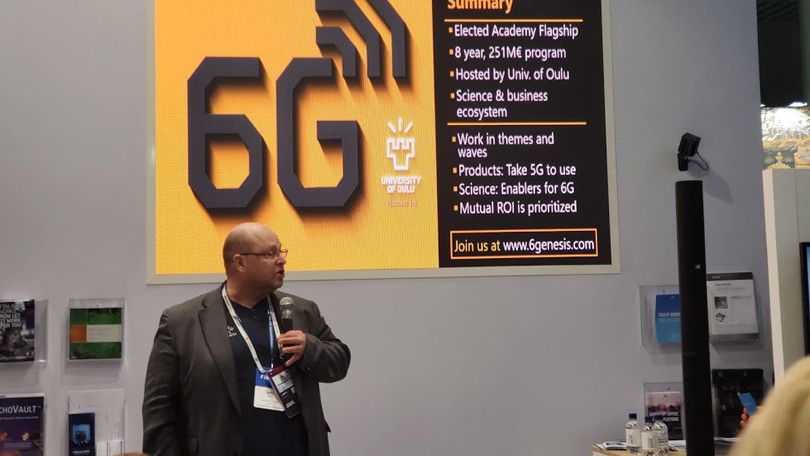The best books, podcasts, TV shows, and Reddit threads for understanding the world of longevity.



The flow of granular materials, such as sand and catalytic particles used in chemical reactors, and enables a wide range of natural phenomena, from mudslides to volcanos, as well as a broad array of industrial processes, from pharmaceutical production to carbon capture. While the motion and mixing of granular matter often display striking similarities to liquids, as in moving sand dunes, avalanches, and quicksand, the physics underlying granular flows is not as well-understood as liquid flows.
Now, a recent discovery by Chris Boyce, assistant professor of chemical engineering at Columbia Engineering, explains a new family of gravitational instabilities in granular particles of different densities that are driven by a gas-channeling mechanism not seen in fluids. In collaboration with Energy and Engineering Science Professor Christoph Müller’s group at ETH Zurich, Boyce’s team observed an unexpected Rayleigh-Taylor (R-T)-like instability in which lighter grains rise through heavier grains in the form of “fingers” and “granular bubbles.” R-T instabilities, which are produced by the interactions of two fluids of different densities that do not mix—oil and water, for example—because the lighter fluid pushes aside the heavier one, have not been seen between two dry granular materials.
The study, published today in the Proceedings of the National Academy of Sciences, is the first to demonstrate that “bubbles” of lighter sand form and rise through heavier sand when the two types of sand are subject to vertical vibration and upward gas flow, similar to the bubbles that form and rise in lava lamps. The team found that, just as air and oil bubbles rise in water because they are lighter than water and do not want to mix with it, bubbles of light sand rise through heavier sand even though two types of sand like to mix.

Bitcoin spenders can now use the lightning network to shop at e-commerce sites like Amazon.
Crypto payment processing startup Moon announced today that any lightning-enabled wallet can now also be used through Moon’s browser extension. Before this lightning feature, roughly 250 beta users already used Moon to spend crypto on e-commerce sites by connecting the browser extension to exchange accounts like Coinbase.
Moon CEO Ken Kruger told CoinDesk:

Earlier this year, we launched a new webinar series where our monthly patrons, the Lifespan Heroes, are given the opportunity to join live discussion panels with the researchers who are working on solving aging.
Our April 8th, 2019 episode saw Dr. Mike Lustgarten, Dr. Amy Proal, and Dr. Cosmo Mielke join hosts Dr. Oliver Medvedik and Steve Hill for a discussion about the microbiome and how it relates to aging.
The webinar discusses gut flora and the pro-aging effects of immune system burden, the link between bacterial burden and inflammation, and exercise and nutrition. There was also plenty of discussion about the immediately available practical measures that can improve the gut microbiome and thus control weight and promote health.




(Natural News) Turkish inventors have created a new building material that is five times stronger than titanium and has the density of wood planks. Most remarkably, this new “Metallic wood” is lighter than titanium and still has the chemical stability of metal for use in manufacturing applications.
The new material is made out of nickel-based cellular materials as small as 17 nano-meters in diameter. These electroplated nickel nano-particles are strategically arranged in struts to maximize their load-bearing strength as a whole. This strategic arrangement of nickel makes the material four times stronger than bulk nickel plating. By tinkering with nano-meter-scale geometry, the inventors can increase the strength and density of the new material. This geometric arrangement of cellular materials is spatially organized and repeated to generate the new “Metallic wood” material. This geometric nano-meter engineering feat produces a very dense material, like that of wood. The inventors have even made the material as dense as water (1,000?kg/m3).